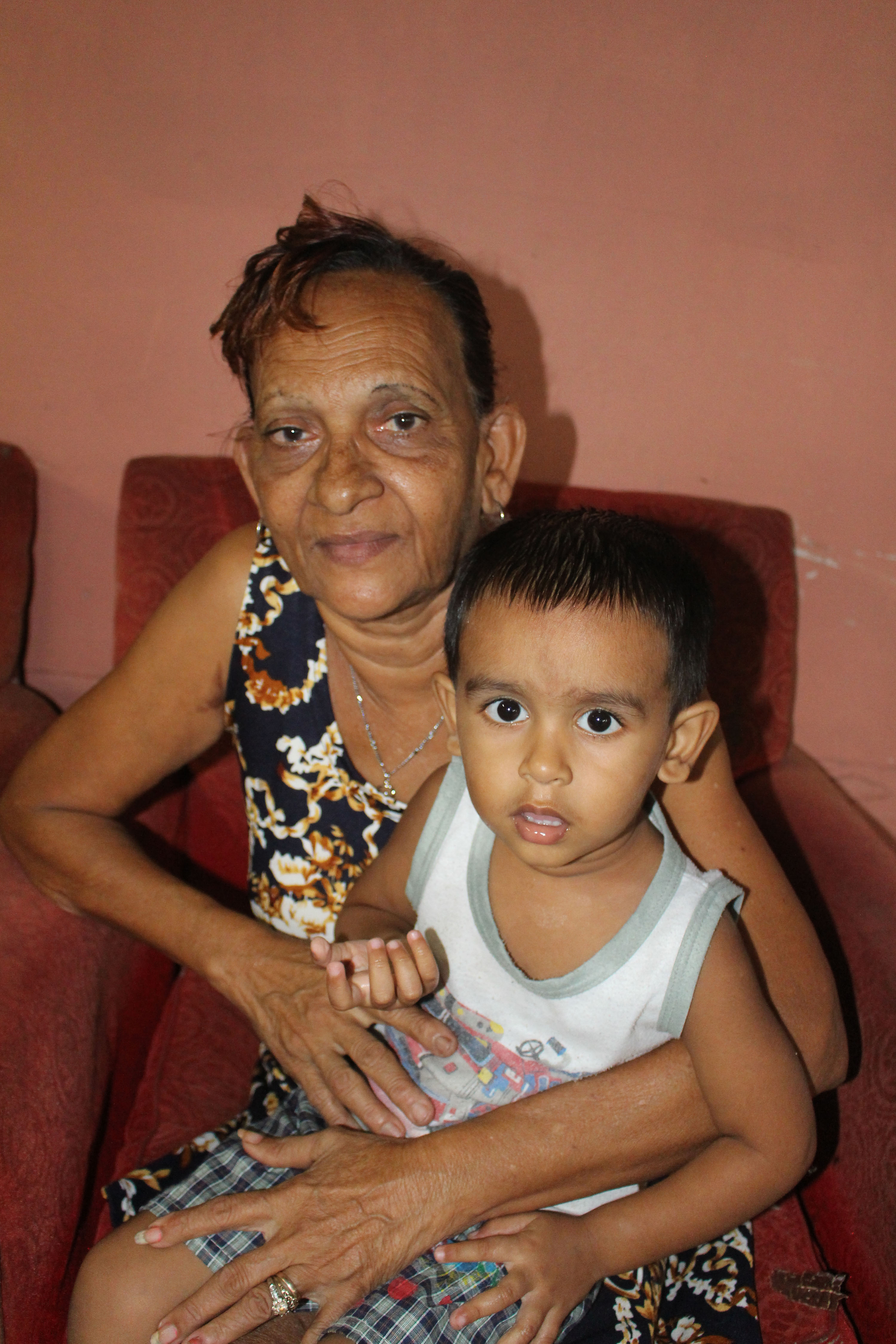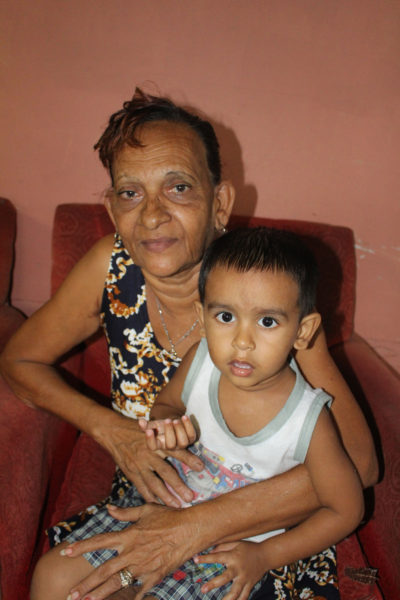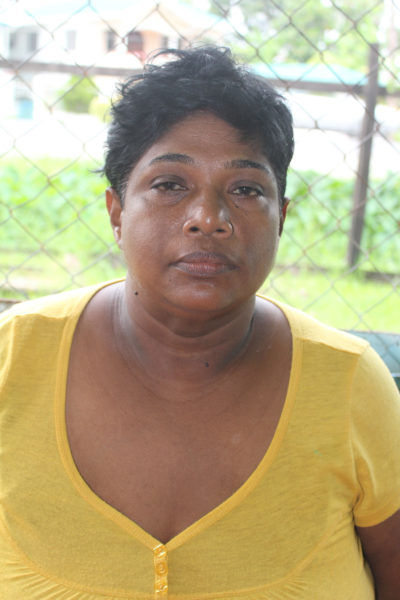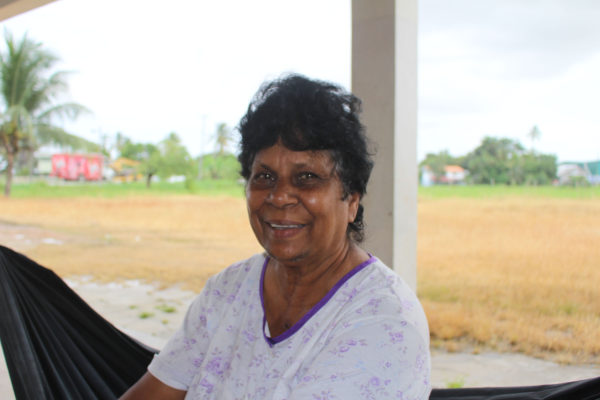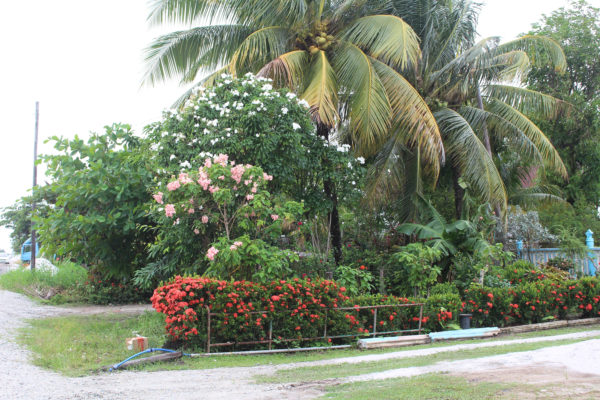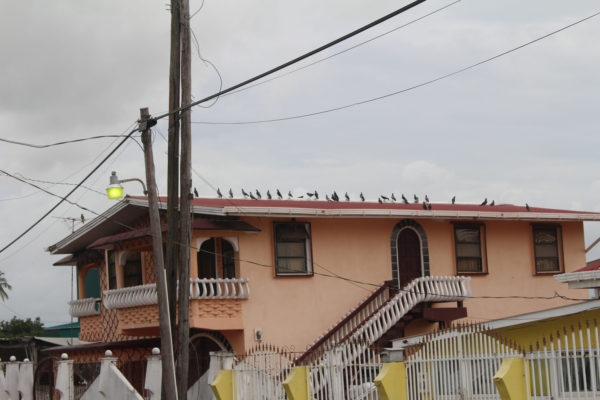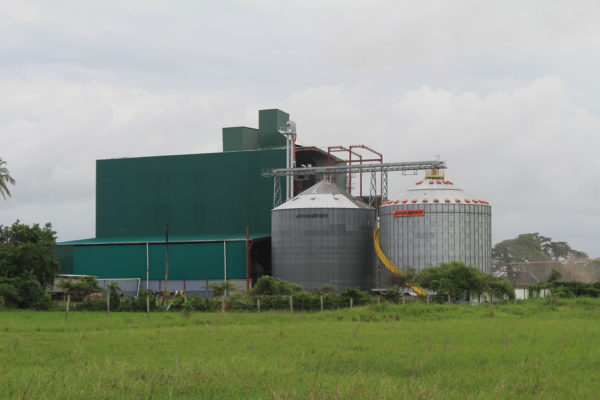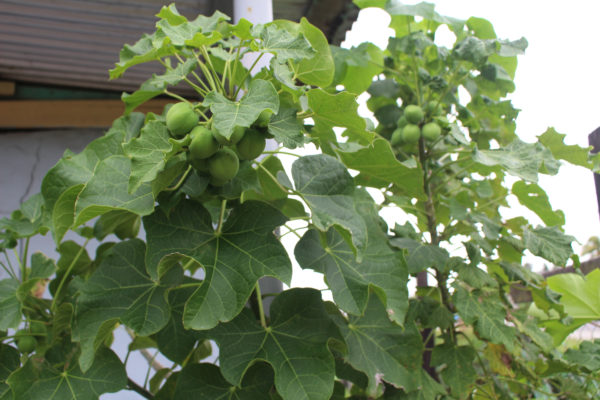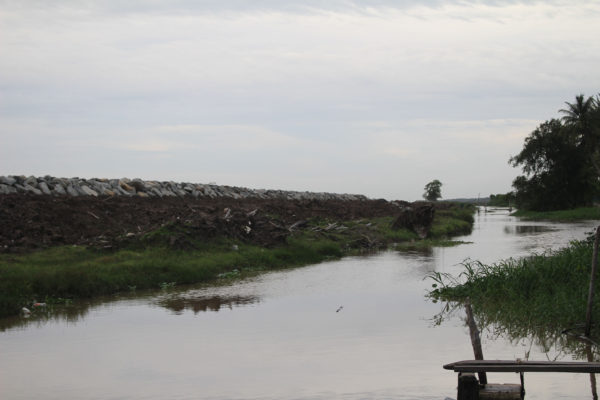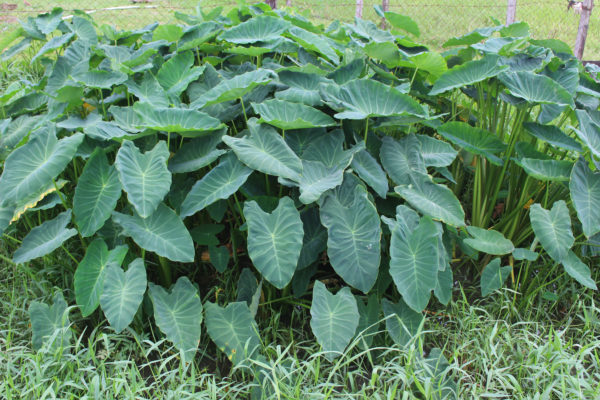Harlem is a small village on the West Coast Demerara, just over three miles from Vreed-en-Hoop. The name originates from the Dutch word Haarlem.
The village is so tiny that one could walk from one end to the next in less than seven minutes. Harlem begins at a signboard with its designated name and ends at a canal. Between the two boundaries, there is endless greenery and about 15 houses, some of which are empty owing to the owners being overseas; quite a few of them house what looks like scores of pigeons on their roofs.
According to villagers, Harlem has approximately 200 residents; they claim that the neighbouring village of Mary was considered Harlem before the sign was put up recently.
Harlem has no place of worship or schools. It does however, have a shop and Abdul Hack’s Rice Mill which existed before most of its current residents. The mill, previously mills, belonged to two brothers. The death of one brother has seen the integration of the two facilities which now function as one.
Seventy-year-old Seeta Narine was sitting in her hammock enjoying the cool seawall breeze when the World Beyond Georgetown caught up with her. The breeze, she said, gets too cold for her so she’s only allowed short periods outside.
Seeta’s son and his family stay with her and she’s been more dependent on them since a fall a few years ago that left her with a broken foot that saw her bedridden for a really long time. It’s only recently, she stated, that she’s been able to move about slowly on it.
“I move here 40 years ago,” she said. “I married Ganga Tiwari Persaud. He was a JP. Years ago when I come here, you couldn’t get the breeze like you get it now; the sea dam had a lot of trees, then they started falling down just like that.”
The dam, she indicated, had once broken away and they were flooded. Whatever remained of the mangroves were eventually cleared away and a sea defence was built to keep the Atlantic Ocean at bay. The last flood she was affected by was the “big one” in 2005. There are mangroves growing on the dam again today, but they are sparse.
When she had just arrived here in the village and a few years after Narine did her shopping at the Winsor Forest Market which today is no more. The shop in the village provides whatever the family needs.
“In Harlem, we don’t have much people here so we don’t have much problem. The only problem is with some of the teenagers drinking. I wish we had a recreational centre where they can go and play games and learn some skills,” she said.
Apart from the centre, she said, they could do well with some street lights since the road is the main road on the West Coast Demerara, which they often refer to as ‘the highway’.
The drain that separates her from the public road needs cleaning and hasn’t been cleaned since before the current administration took office. “Me and a few of the neighbours had to pay people to come and clean it,” she said.
The quiet was broken only by the noise from vehicles that sped past on the damaged road that sank at the sides when one stepped on it. Sheep grazed in the rice fields and at the end of the fields was a drain filled with wild tanias or scratching tania as Bhagwandai Seepersaud called it.
Growing by her gate was a Physic Nut plant, the leaves of which she said were useful for cleansing the body, though the fruit was poisonous.
Seepersaud was sitting in her hammock with her grandson and chatting with her nephew, who was seated nearby.
She moved from Meten-Meer-Zorg 14 years ago with her family. She too attested to seeing mangroves growing densely on the sea dam.
Harlem, she went on to say, has a reserved set of people. “You don’t really see nobody in the day. [When you do] is hi [or] hello, that’s it. It’s a quiet area.”
Seepersaud sells clothing in Harlem and surrounding villages which she’s been doing for two years now. But she will not be staying; she plans to leave the village soon once her house is completed in Parfait Harmonie.
Next door lives Bibi Mohamed. “I born and grow here,” she said. “I got married 45 years ago, went to live in Georgetown for a year and then come back to live here.”
Growing up, Mohamed attended Windsor Forest Primary School, which is the closest to the village though it is some two miles away. She recalled that she walked to school every day, until she was removed by her parents to assist with taking care of her younger siblings when they went to work.
Sitting across from Mohamed was one of her brothers (who asked to remain anonymous). He too recalled attending school with his sister and other siblings and said, “Our house was more down in the backyard, not where it is today. Most of the yard in front was planted with cash crops so the drivers who sometimes picked us up couldn’t see clearly to our house. The drivers used to stop on the road and be peeping for us to see if we coming [through] the yard and they used to wait on we and drop us to school for free. [One of the drivers] wasn’t from our village but the way people lived back then was harmonious. There was no racism and everybody looked out for each other.”
As regards the mill across the road, Mohamed said, “The mill has existed more than 70 years now. The mill was owned by two brothers, now only one brother is alive so only one operates. Basically rice farming is done here,” she said.
“When I was small girl, I help to plant and cut rice. I worked for six or seven hours a day during crop time.”
Past the rice fields where poles stood in the distance marks where the trains once ran. “The train used to run during my time,” Mohamed said. “One of the train stations was situated in Harlem and people from this village and the other villages around used to meet at the station. The trains run almost every hour in the early mornings and the evenings [at peak times] and like every two hours during that time,” she recalled.
Being a devout Muslim, Mohamed and her family attend the Mosque in Windsor Forest. Hindus would visit their temples at Ruimzigt and Crane.
“It’s peaceful here,” she added. “The only disadvantage is the flooding we get sometimes.”
Apart from street lights and better drainage and irrigation, Mohamed and her family said they would also like for the price of paddy to increase and to pay less tax.
Shortly after our interview, Mohamed’s husband who had just returned home took us to see the “four foot” at the back which separates them from the sea dam. He indicated that they were the ones responsible for keeping behind them clean. According to him he has no choice since the Neighbourhood Democratic Council responsible for the village does not get it done.
